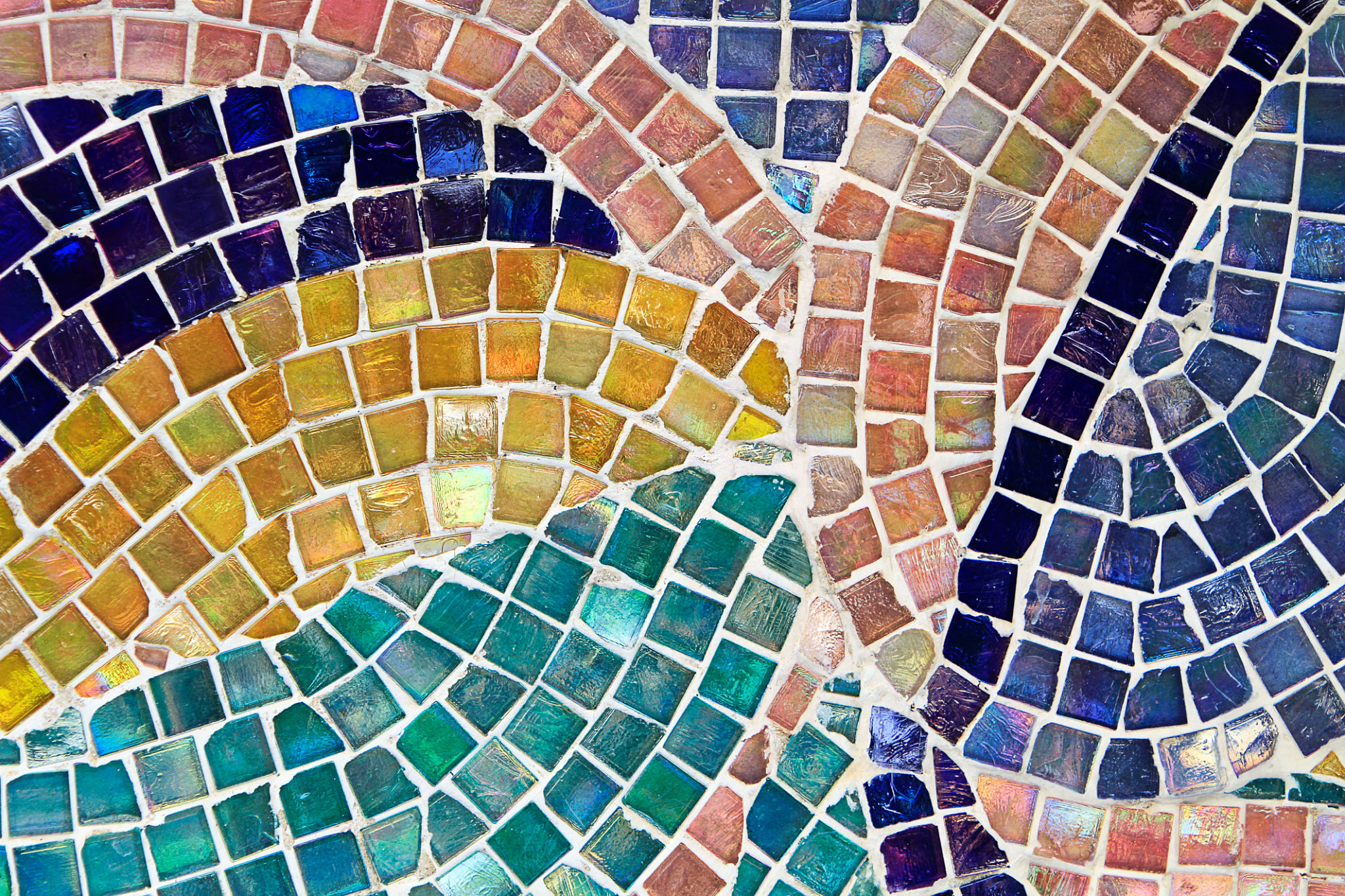The Rich History of Mosaicos in Alicante: From Tradition to Modernity
The Origins of Mosaicos in Alicante
In the sun-drenched region of Alicante, Spain, the art of mosaico has a rich and vibrant history that dates back centuries. This intricate art form, which involves creating images or patterns using small pieces of stone, glass, or ceramic, has been a hallmark of Alicante's cultural heritage. The roots of mosaicos in this region can be traced back to the Roman times when elaborate mosaics adorned the floors and walls of villas and public buildings.
These ancient mosaics not only showcased the artistic skills of their creators but also served as a testament to the wealth and status of their owners. Over the centuries, the tradition of mosaico evolved, incorporating influences from different cultures and artistic movements that passed through the Iberian Peninsula.

The Influence of Arabic Art
The arrival of the Moors in Spain brought significant changes to the art scene in Alicante. The Moorish influence introduced new techniques and styles to mosaico creation, particularly evident in the use of geometric patterns and vibrant colors. The Moors' appreciation for intricate designs and their mastery in tile work left an indelible mark on the art of mosaico in Alicante.
During this period, mosaicos were not only used for decoration but also played a crucial role in the architectural design of buildings. The integration of Arabic art into mosaico design led to the development of new motifs and styles that are still admired today.
The Renaissance Revival
The Renaissance period marked a resurgence in the popularity of mosaicos in Alicante. As European art underwent a transformation, so did the mosaico tradition. Artists began experimenting with new materials and techniques, leading to more elaborate and detailed mosaics.
The influence of the Renaissance can be seen in the increased realism and depth of mosaico designs during this time. This era also saw the introduction of religious themes into mosaico art, with many churches and cathedrals commissioning mosaics to adorn their interiors.

Modern Interpretations and Innovations
Today, the tradition of mosaico continues to thrive in Alicante, blending historical techniques with modern interpretations. Contemporary artists have embraced this ancient art form, using it to create striking pieces that reflect modern themes and sensibilities.
Modern mosaicos often incorporate unconventional materials such as metal, plastic, and even recycled objects. This innovative approach has allowed artists to push the boundaries of traditional mosaico design, creating unique artworks that captivate audiences worldwide.

Mosaicos in Public Spaces
Mosaicos are not confined to private collections or galleries; they are also a prominent feature in public spaces throughout Alicante. From city squares to parks, these vibrant artworks enhance the urban landscape and provide a visual connection to the region's rich history.
The use of mosaicos in public spaces also serves as a reminder of the community's commitment to preserving its cultural heritage while embracing modernity. These installations often become landmarks in their own right, attracting visitors and locals alike.
The Future of Mosaicos in Alicante
The future of mosaicos in Alicante looks bright as new generations of artists continue to explore and expand this timeless art form. With a strong foundation rooted in tradition and a willingness to innovate, Alicante remains a hub for mosaico enthusiasts and artists from around the world.
As technology advances, we can expect to see even more exciting developments in mosaico creation, further cementing its place as an enduring symbol of Alicante's artistic legacy.
